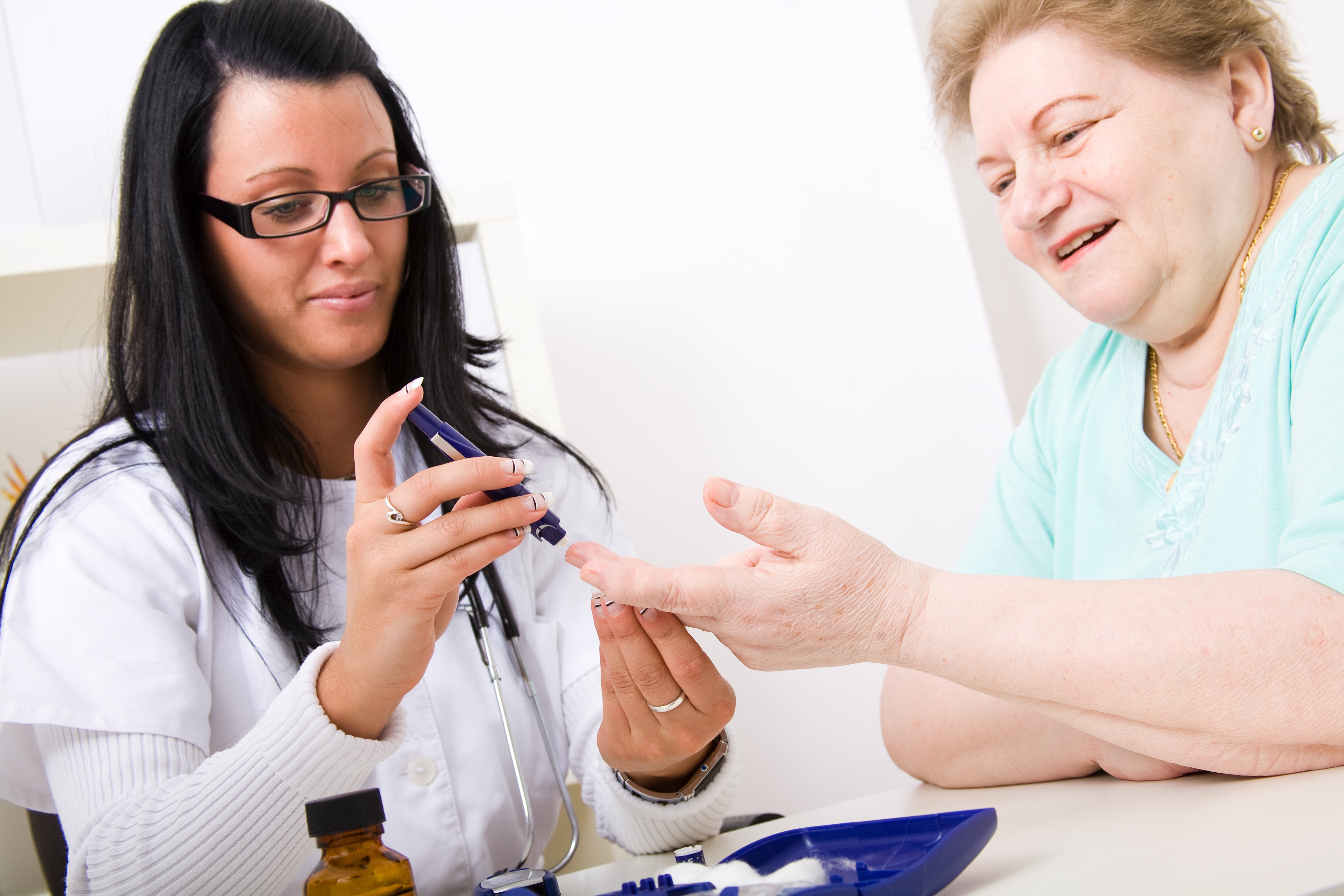Early diagnosis leads to early intervention. This is true of most any diseases, especially diabetes. Screening for diabetes and pre-diabetes is of paramount importance. With more than 100 million U.S. adults living with diabetes or pre-diabetes, diabetes has become one of the fastest growing diseases in the country.
Under screening for pre-diabetes and diabetes leads to delaying treatment in preventing type 2 diabetes or managing the condition in those patients who already are diabetic. This has a major impact on ultimate treatment costs and quality of life.
Research over the last three decades has demonstrated that early treatment of type 2 diabetes prevents life-threatening complications such as heart disease, strokes and kidney failure. Intensive lifestyle programs and some medications have been proven to prevent or delay type 2 diabetes development among adults with pre-diabetes. But what if some of the most common patients being screened weren’t the right ones?
A recent publication in the April 13 issue of the Journal of General Internal Medicine estimates that potentially up to half the high risk patients are being missed with the current recommendation for screening. The populations affected are racial and ethnic minorities, most notably Asians.
The United States Preventive Service Task Force (USPSTF) currently recommends that physicians screen patients for dysglycemia (prediabetes or type 2 diabetes) when they are 40 to 70 years old and are overweight or obese. Beneath this major recommendation, there is the following paragraph in the USPSTF document:
This recommendation applies to adults aged 40 to 70 years who are seen in primary care settings and do not have obvious symptoms of diabetes. Persons who have a family history of diabetes, have a history of gestational diabetes or polycystic ovarian syndrome, or are members of certain racial/ethnic groups (that is, African Americans, American Indians or Alaskan Natives, Asian Americans, Hispanics or Latinos, or Native Hawaiians or Pacific Islanders) may be at increased risk for diabetes at a younger age or at a lower body mass index. Clinicians should consider screening earlier in persons with 1 or more of these characteristics.
Unfortunately, this paragraph tends to be overlooked by most and focus is solely on the main recommendation. The study found only around 50% of patients with diabetes and pre-diabetes were identified following only the main recommendation.
By expanding the screening criteria to include family history of diabetes, and history of gestational diabetes or polycystic ovarian syndrome or non-white race or ethnicity, improved accuracy of screening 30 percent. And note that African-Americans and Latinos statistically develop type 2 diabetes at a younger age, so waiting until 40 years old to screen this population segment is problematic. Asians are at high risk of developing diabetes even at a healthy weight.
By following the limited guidelines and only screening patients who are overweight or obese, approximately 30 percent of Asians with prediabetes or type 2 diabetes would be identified with 70% not screened.
The study leads to one conclusion: we need to recognize these other conditions and racial differences and consider expansion of the criteria we use on a day to day basis for diabetes screening.


.png?width=261&name=2021_newest_logo_cola-footer%20(1).png)



